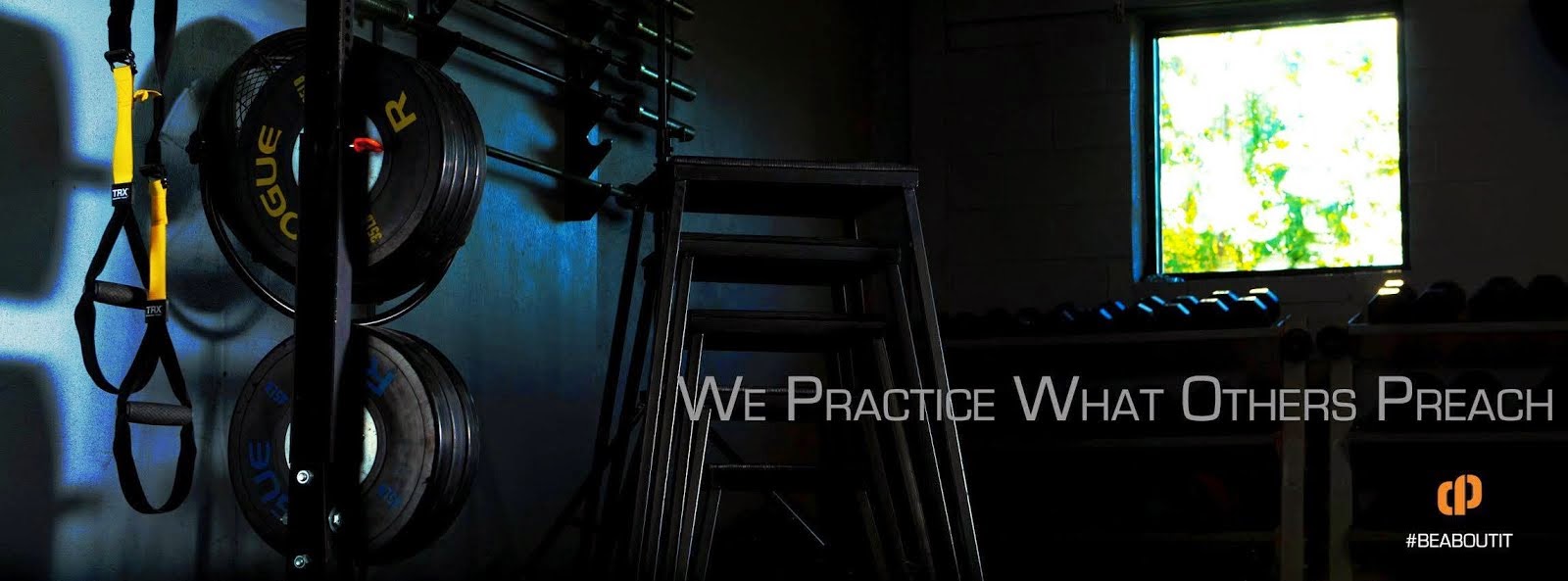It’s Friday and
you get another blog from me. Lucky you!
I’m hoping you’ve
been keeping up on the CPC blog and noticed a pattern in my last few
posts…portables. HANDMADE, REAL FOOD, mini bites to fuel you threw out the day
instead of grabbing a bar or pre-packaged sports nutrition item.
There are
countless ways to create these yummy bites. I’ve shared recipes with you that
consist of sticky rice balls, waffles, and baked eggs. Rice is easy to cook and
easy for your body to digest while on the move so it makes for a quick go to. Eggs
are protein packed beauties that can keep your legs churning when on the bike
for hours or need something more substantial between meals. Another great
ingredient to explore when creating portables for you or your family is
polenta. Mix in a few nutritious ingredients, bake it up, and you have yet
another go-to option when out conquering the road, on your bike or in your car.
Before skipping
ahead to scan threw the recipe give thought to calorie consumption. NO, I’m not
going to get into too much detail here but it’s important to note that many of
these recipes were designed to fuel pro cyclists while on their training rides
instead of the pre-packaged bars, gels, and hydration mixes. Training rides can
last anywhere from 2 to 5 hours, even an occasional 6 hours. The amount of fuel
that needs to be consumed by a pro cyclists or any endurance athletes training
for a significant chunk of time differs greatly from the individual who’s
running errands all day long.
Everyone needs to
eat and everyone should choose to eat well! Rather than grabbing a 200-300
calories bar with who know what’s in it, pack a portable. Baked eggs for example. An egg has
70-80 calories, and it’s REAL FOOD. Even if you sprinkle in some bacon or a few
veggies your calorie consumption is still lower and, I repeat, you’re eating
REAL FOOD. Not only will you feel satisfied you
can feel good knowing you just fueled your body with quality ingredients.
Enjoy,
SK
Spinach & Red
Pepper Polenta Cakes
Recipe taken
from: Feed Zone Portables by Biju Thomas & Allen Lim
6 cups water
2 cups uncooked
polenta
2 cubes of
vegetable bouillon (optional)
2 TBPS minced red
bell peppers
1 cup shredded
spinach, loosely packed
¼ cup crumbled
feta (or any crumbly cheese)
2 tsp raw sugar
1 tsp course salt
Lightly coat an
8” square backing pan with nonstick spray…or melted coconut oil.
On the stove,
bring water with a dash of salt to a boil and slowly stir in polenta.
Reduce
heat and simmer, stirring frequently to prevent sticking. Cook 20-30min.
Stir in the
peppers. Cook for 5-10mins or until mixture thickens.
Remove from the
heat. Stir in the spinach and cheese. Flavor to taste.
Pour mixture into
pan and let set for 10-15mins to firm. Mix the raw sugar and course salt in a
small bowl and sprinkle over top. (Salty
& sweet is a great combination but I’m sure omitting the sugar would be
just fine.)
Note: Biju and Lim noted that when using
bouillon cubes to use only the highest quality organic brand you can find to
avoid extra additives.
